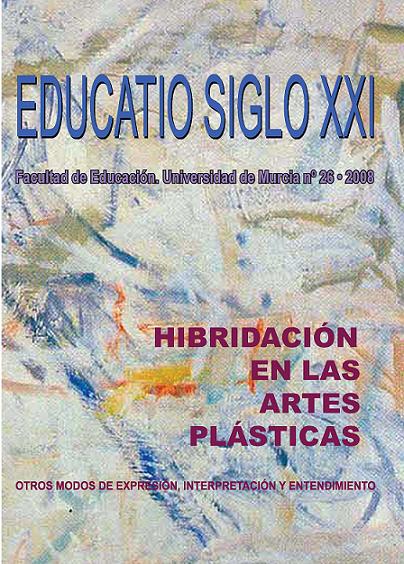In between Spectacle and Pedagogical Discourse: The Tate Modern
Abstract
The opening of Tate Modern in May 2000 –as a section focused on international and contemporary art, belonging to the senior Tate Gallery- implied a historical landmark
with regard to the study and production of museum displays. The choice of an old power station, renovated by the Swiss architects Herzog and De Meuron, meant a radical makeover for a declining area in the vicinity of the “Square Mile” of London. Besides, Tate Modern has succeeded happily as media fodder and visitors magnet, blending the roles of tourist attraction, extravaganza, didacticism and a truly innovative display of its collections that moves away from the Big Narratives. Its purported difficulty for younger or non-initiated viewers –a 60% of the total visitors is 35 years old or less- has brought about an utmost care of the information on the different contexts, as well as paying close attention to the didactic task of museums. With a series of interdisciplinary and educational activities, Tate Museum has become a major encouragement for innovation, an incentive to reflect upon new trends in museology, influencing museums of such a long lasting tradition as MoMA in New
York or Centre Georges Pompidou in Paris.
Downloads
-
Abstract573
-
PDF (Español (España))657
Original work publishes in this journal is subject to the following terms:
1. Murcia University Press (the publishing house) holds the copyright of the publishes work, and favours and allows their reutilization under the use license stated in point 2.
© Servicio de Publicaciones, Universidad de Murcia, 2015
2. Work is published in the electronic edition under a license (Creative Commons Reconocimiento-NoComercial-SinObraDerivada 4.0 España (legal text). They can be copied, used, disseminated, transmitted and publicly presented, as long as: i) authorship and original publication source is acknowledged (journal, publishing house and URL of the work); ii) are not used for commercial purposes; iii) the existence and specifications of this use license is stated.
3. Conditions for self-archive. Authors are allowed and encouraged to disseminate electronically the pre-pint (before review) and/or post-print (accepted for publication) versions of their work before their publication since that favours earlier circulation and dissemination resulting in an increased chance for the authors to be cited and for the work to reach a bigger share of the academic community. Colour: RoMEO: green.








